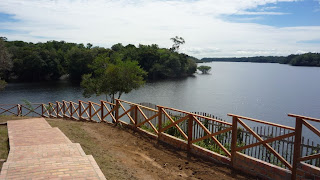New App Engine release. You might have noticed that the rate of releases has gone up slightly in the past few months. We’ve made some changes internally so we are looking to push out a new release every month. This month includes a few Datastore updates, some changes to Blobstore API and Memcache API, and finally a new feature for the Java developers.
Python and Java Changes
- Blobstore API – We’ve removed the limits on the size of blob uploads. You can now upload files of any size, allowing your app to serve images, video, or anything your internet connection can handle.
Datastore Changes
- Index retrieval – We’ve added the ability for you to programmatically retrieve the list of indexes you’ve currently defined in the datastore, as well as their statuses.
- Datastore Admin – You can now enable the Datastore Admin function from the Admin Console. This will allow Java users to make use of this functionality, like deleting all entities of a certain kind, without having to upload a Python version of their application. And for Python developers, you no longer need to enable this in your app.yaml file.
- HRD Migration Trusted Testers – We are seeking early adopters to try out an improved HRD migration tool that requires a read-only period relative to your datastore write rate (as opposed to your datastore size, which is how the current version behaves). Please see the release notes for more information.
Python Updates
- Memcache API – We now support the CAS (compare-and-swap) operation in our Python Memcache API (Java already had it). This can be used to update a value in Memcache only if no other requests have updated it between when the value was retrieved and when you go to update it.
- Download app – Using the AppCfg download_app command, you can download any files that were uploaded from your war directory when you last updated the app version.
This release also contains small updates and bugfixes for both Python and Java so be sure to check out the full release notes. Feedback, discussion, and questions can be posted in our Google Group.

